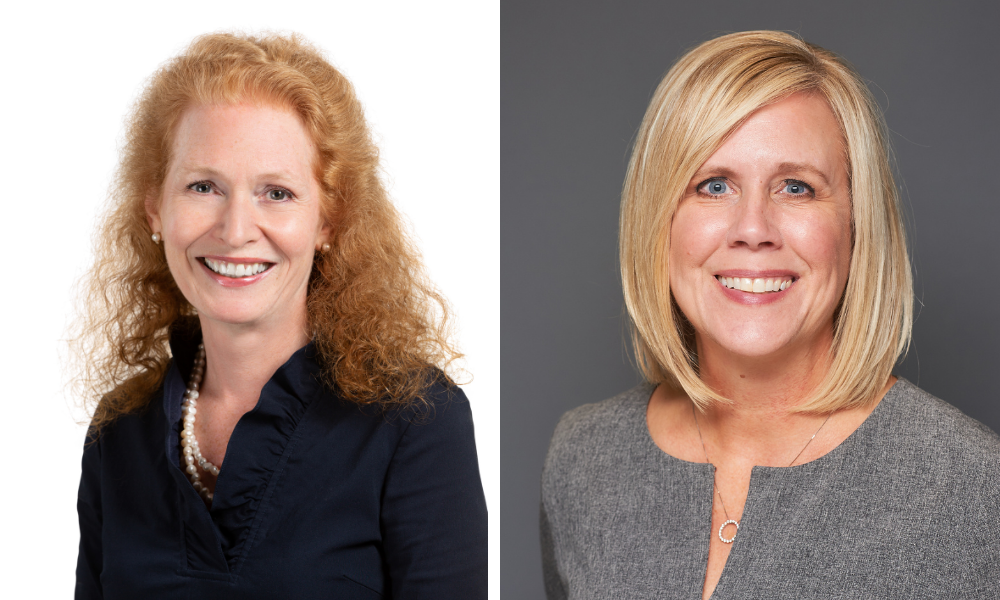
1. Hoping #MeToo is just a blip.
As long-term insiders of this field, we can verify that we’re seeing a scope and volume of complaints like never before. There’s been no sign of it letting up — if anything, we’re finding ourselves called upon by more and more sectors. Our conclusion is that #MeToo is not a mere trend, but a significant tipping point for our society.
Simply put: if your organization hasn’t considered or cultivated its competency with sexual harassment complaints, now is the time to level up.
2. Thinking that if it hasn’t come up, it won’t.
In poll after poll after poll — from hospitality workers to female members of Parliament — most women have stated that they have experienced sexual harassment at work. Yet in a 2017 survey of Canadian C-Suite executives, 70% stated they’ve never heard of sexual harassment cases in their own companies, and a majority characterized sexual harassment as “infrequent and rare.”
This blind optimism is not only unfounded, but perilous: impairing your organization’s prevention of, or preparation for, the so-called impossible.
3. Believing caring = preparing.
Many organizations are confident that because they care about doing the right thing, they can and will correctly handle sexual harassment complaints. However, in evaluating your organization’s internal capacity to handle harassment complaints, we strongly encourage you to also consider these questions:
• Do you know your legal obligations when a complaint arises?
• Do you know how to conduct a legally defensible investigation?
• Do you have policies, processes, and personnel for investigating complaints — ones that potential complainants would have faith in?
• Do you have the internal capacity to handle complaints in the #MeToo era? For example: long-held complaints, en masse complaints, ‘whispers’ without a formal complaint, complaints involving safety risks or sexual violence, deep-seated systemic issues, or simply a higher number of complaints?
• Do you have an up-to-date understanding of the psychology of sexual harassment victims and perpetrators? Are you trauma informed?
• Do you have a process for evaluating the fairness of your investigations and whether the outcomes are defensible?
• Do you have a process for proactively examining whether there is a problem (instead of passively waiting for complainants to come forward?)
• Do you know how to craft a remediation strategy?
4. Getting the law wrong.
We repeatedly see cases in which inexperienced investigators have conducted an investigation that sounded fine on paper, but wasn’t legally defensible — sometimes resulting in costly legal losses.
For example, a common blunder is believing you must have independent corroborative evidence in order to conclude in a sexual harassment complainant’s favour. In fact, it’s possible (and sometimes even appropriate) for conclusions to hinge on careful credibility evaluations.
Investigators’ misconceptions of what they can, should, or must legally do can prove very costly — yet mistakes like these abound.
5. Getting the process wrong.
Some investigators, in their zeal to deliver a conclusion, fail to consider that the investigative process must be just as correct as its conclusions.
If the matter ends up in dispute, legal decision makers will turn a critical eye on whether your investigation followed the organization’s internal process, whether it was fair to both parties, whether you followed proper investigative protocol (for example: both parties should have been permitted to consider key pieces of evidence), and whether the investigation holds up as diligent, sincere, factually sound, and unbiased.
For more insight into workplace investigations, sexual harassment complaints, and the #MeToo era, visit rubinthomlinson.com/blog.











